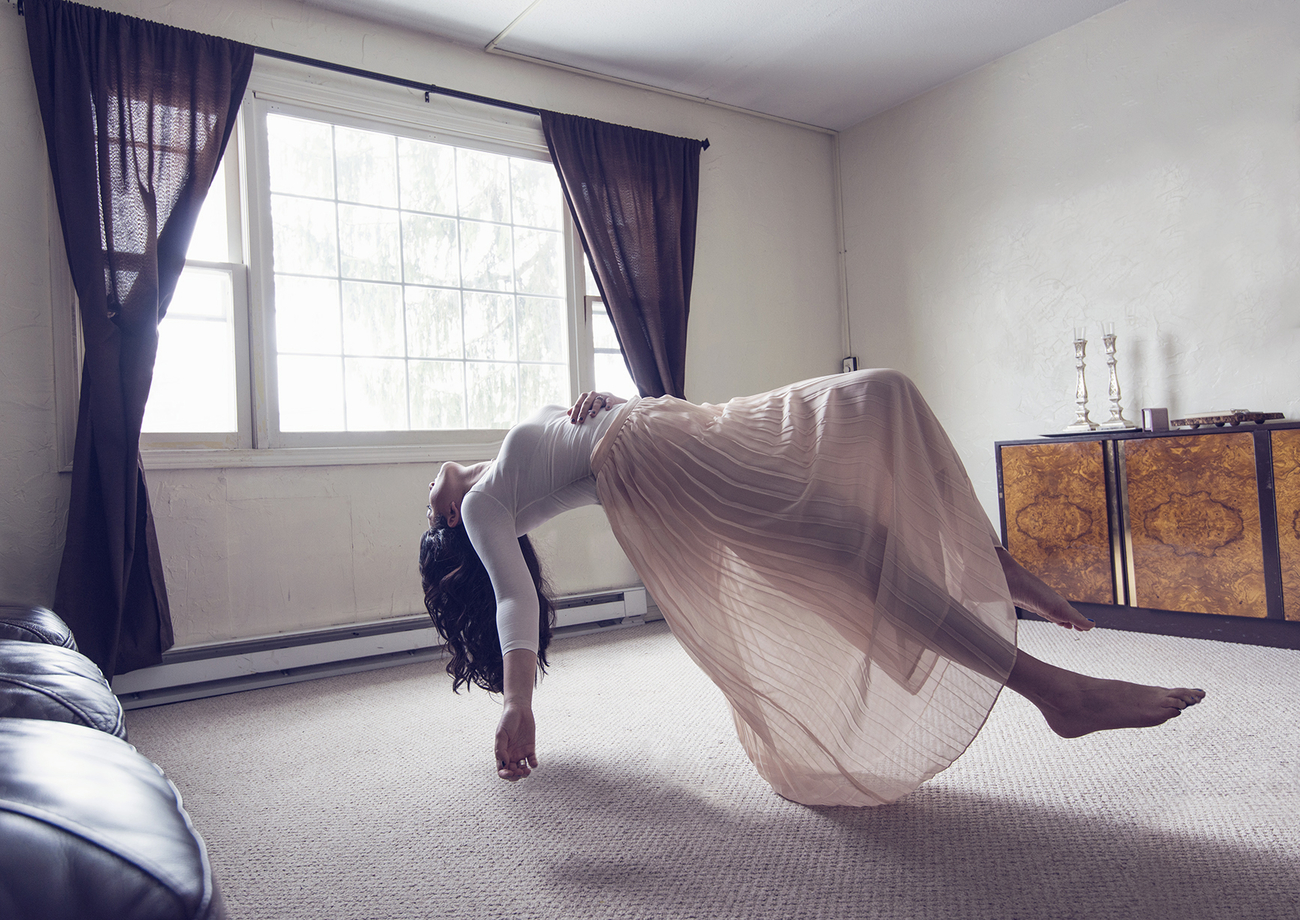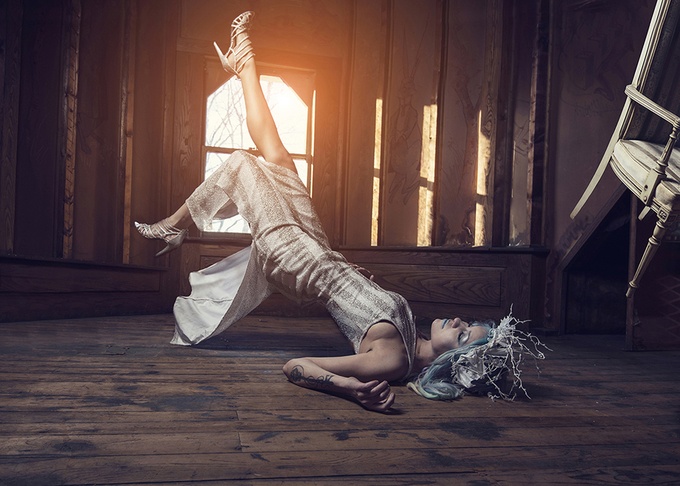ViewBug member danidiamond shares in detail the process to capture a great levitation photo. "My philosophy is that an artist is always growing and there is no reason to put a limits on the artist's skills". You can follow Dani on ViewBug and checkout his Facebook page. The following is Dani's explanation, enjoy!
The first time I saw a levitation shot, I stared at it for 15 minutes in astonishment. I could not conceive how the image was captured; I was captivated by the story it conveyed, it was surreal, magical and awe-inspiring. Conceptualizing the image and executing it can prove to be rather difficult and meticulous. Thankfully, photographers who have mastered the techniques involved in levitating have decided to share their secrets with us.
I have heard that levitation images seem magical, but they don’t seem magical, they are magical. Because magic is all about challenging the impossible and that is what levitation shots are, they defy what is natural. Levitation images have been around for quite some time, they have been executed all around the world and yet every time you glance at one, your eyes can’t help but feel drawn to it. Some images are so well constructed that it’s hard to understand the “secret” behind it and that is probably why they are so fascinating; it creates a curiosity.
The interesting thing about levitation shots is that because the concept of a floating subject is so enchanting, the rest of the image can be simplistic in composition. It is important to note that post-processing plays an important role in levitation images and it’s impossible to get final results without Photoshop. The final image will most likely be a composition consisting of two or more photos.
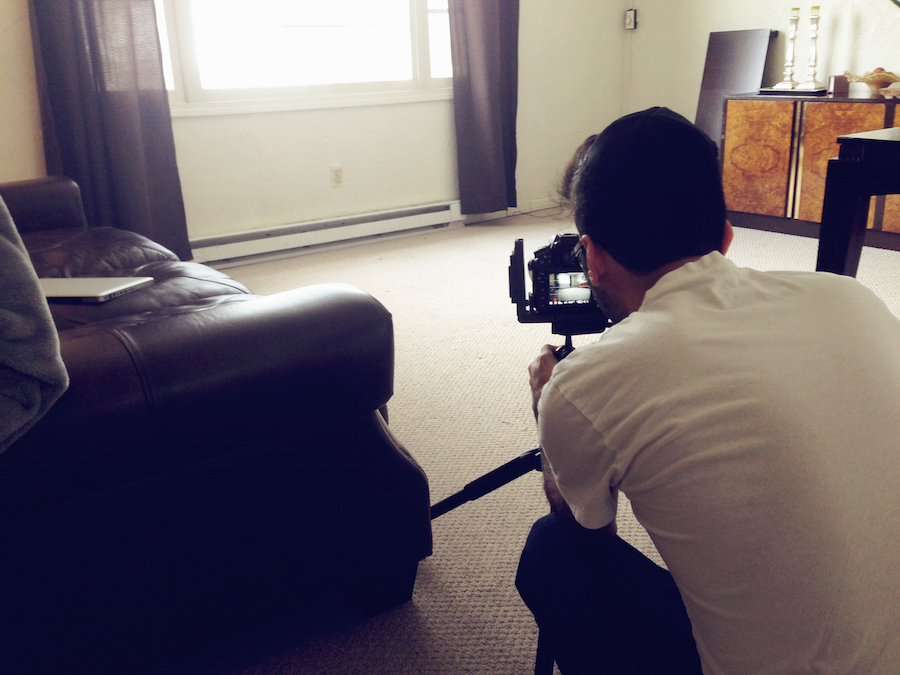
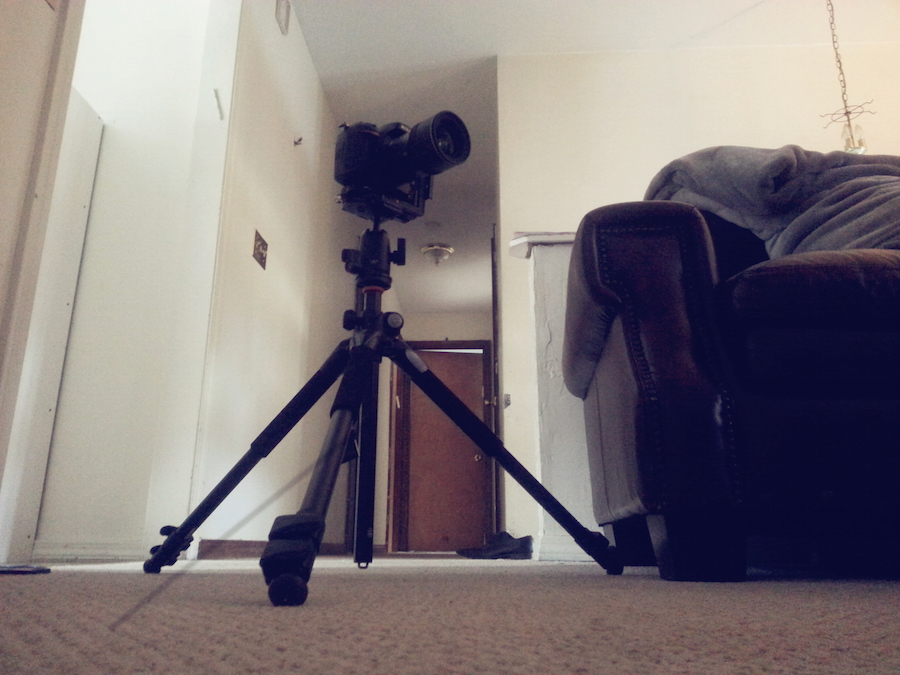
The two main ways to achieve this are compositing completely different shots and “building” the composition or taking a few photos in the exact same position with the camera sitting on a tripod. For the image below, I took a shot of an empty room and then had my subject lie on a chair. I layered both images in Photoshop and just masked out the chair. I find that this way is a lot easier for those who are novices when it comes to Photoshop.
There is always two different aspects in every levitation shot. There is the background and there is the character. Typically to capture the entire scene, the shot will have to be on the wider side. For the subjects to really stand out a narrow DOF is recommended. However, when shooting wide, the DOF won’t be shallow enough. To correct this, Marina uses the Brenizer method to create a very shallow DOF.
The angle shot at is extremely crucial as well. This is a matter of individual preference. Personally, I try to get down as low as possible and shoot my subjects upwards; the low angle makes the subject look a lot higher and further away from the ground.


Once the background is captured, you should take the image of the subject. It’s recommended to try and take the pictures of the character and background in the same place and at the same hour. When it comes to compositions people look for the inconsistencies. Lighting and shadows are the first thing that will give away the fact that the photo was a composition of images, which is why shooting in both the same time and area is a smart idea. If this is not possible, the lighting will have to be processed in postproduction, which can prove to be difficult.
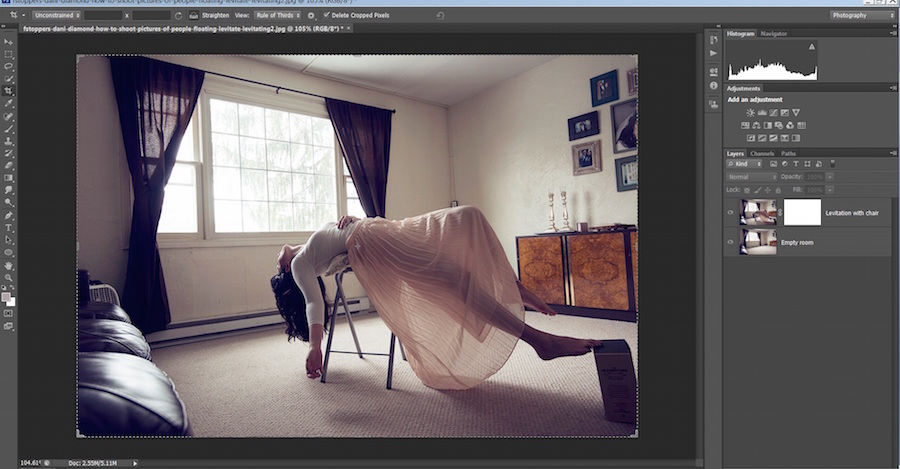

Although every aspect of a levitation shot is crucial, the most important part of the image is capturing the body of your subject in a natural position. Whether the subject is jumping or lying down, the body’s language has to match the levitation. Self-portrait photographer Marina Gondra sometimes practices in front of a mirror before shooting herself. You can also take into account that you will be able to rotate the image in Photoshop, so you can jump in a simple way without hurting yourself.

Quick tips:
1) Try to shoot with a shutter speed of at least 1/200 or higher. If there isn't much light, just raise the ISO. You don't want the images coming out blurry from slow shutter speeds. To make things easier you can concentrate on the body for one shot, then the dress and eventually the hair. It may be hard to blend the images in Photoshop but like all other genres of photography, practicing is the key.
2) The great thing about levitation images is that it let’s your imagination run wild. It takes creativity to a whole new level.
3) Using a wired or wireless release (if you plan to take self portraits) is highly recommended. If your camera moves even a drop between shots it can be annoying to realign them later. I happen to use this (Canon Nikon) which has some advanced options for my astrophotography but a cheaper one will do the job as well.



